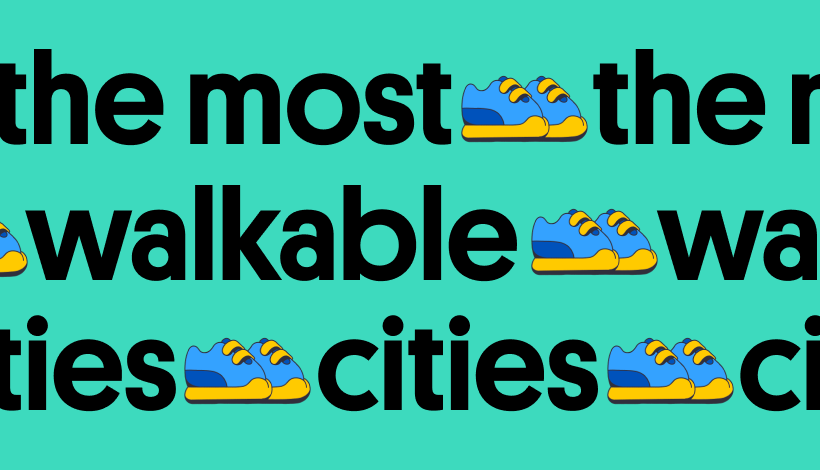
Language & culture
4/19/2024
SEO head here
Explore our learning resources and subscribe to Preply for weekly lessons with a native tutor
Sign up to Preply now to receive our newsletters and read about the most interesting language learning researches and studies!

4/19/2024

4/19/2024

4/17/2024